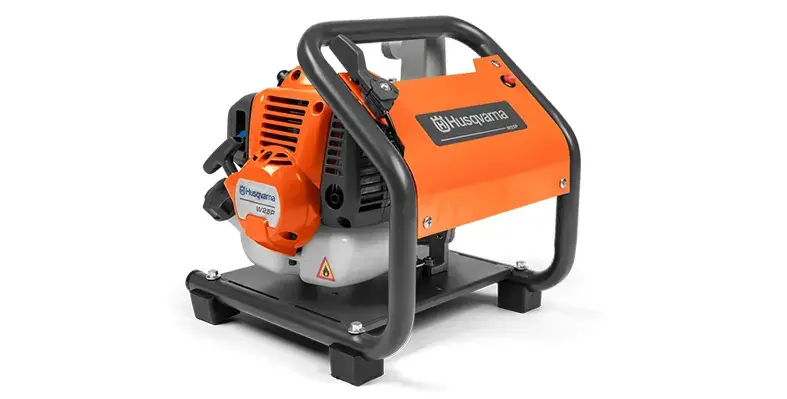With rising global temperatures driving up the risk of wildfires, farmers across the Western Cape are being urged to take fire preparedness more seriously than ever
According to the Winelands Fire Protection Association, a single-degree increase in temperature raises the risk of fire by nearly 30%. This wasn’t just a statistic in theory during the summer of 2023/2024, over 6,000 fires tore through nearly 100,000 hectares in the region, marking one of the worst fire seasons in recent memory.
As another hot, dry summer approaches, Stefan de Ridder, chairperson of the association, has issued a stark warning: “It’s going to be another hell-raiser unless farmers focus on minimising the risks.” Beyond the physical destruction fires can bring, the legal and financial responsibilities weigh heavily on landowners. “If a fire starts on your farm, you’re legally and financially liable for all the damage it causes to other properties,” he explains.
Despite the common practice of creating firebreaks, de Ridder stresses that these alone are not enough. Comprehensive fire readiness involves a combination of access, equipment, training, and understanding the environment. Roads and access points must be wide and clear enough for emergency vehicles, while tools such as chainsaws, water pumps, and fire beaters need to be in good working order. Staff should be properly trained in fire response and provided with protective gear, while emergency contact numbers should be easily accessible.
Reliable water access is another essential factor. In many cases, farms rely on electricity to pump water which may not be an option during power outages. This is where portable, petrol-powered pumps come in. De Ridder particularly recommends high-pressure units for tackling underground fires, especially in sensitive areas like fynbos where roots may continue to smoulder unseen.
Understanding how different vegetation behaves during a fire is also critical. Trees like gum and even green pinecones can explode when burning, increasing danger and spreading fire more rapidly. That’s why periodic, controlled burns are sometimes necessary not just for safety, but for the health of the ecosystem. “Periodic fires are therefore essential for protea germination and sustainability,” de Ridder says, “and when they aren’t burnt, old proteas die and become hazardous fire fuel.”
He trusts Husqvarna equipment for this work, citing the brand’s reliability, affordability, and portability. “The W25P is great for transferring water and the 321SP high-pressure pump means I don’t have to dig up fynbos roots to make sure they’re not alight.”
De Ridder’s fire-fighting approach includes strategically placing vehicles equipped with pumps and water tanks near hotspots, turning natural water sources like streams into assets during a fire. “Fire is a natural part of our ecosystems,” he concludes. “So we need to be prepared. With the right tools and knowledge, we can protect our farms and ensure their resilience in the face of wildfires.”





